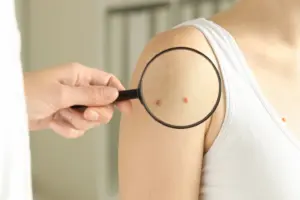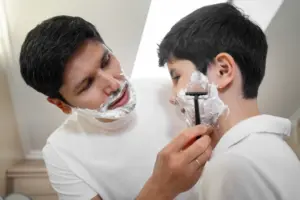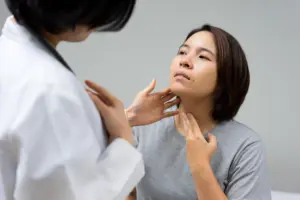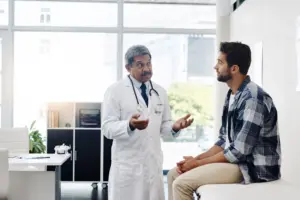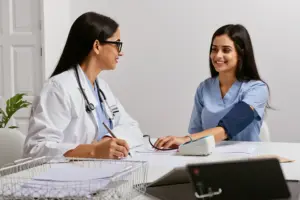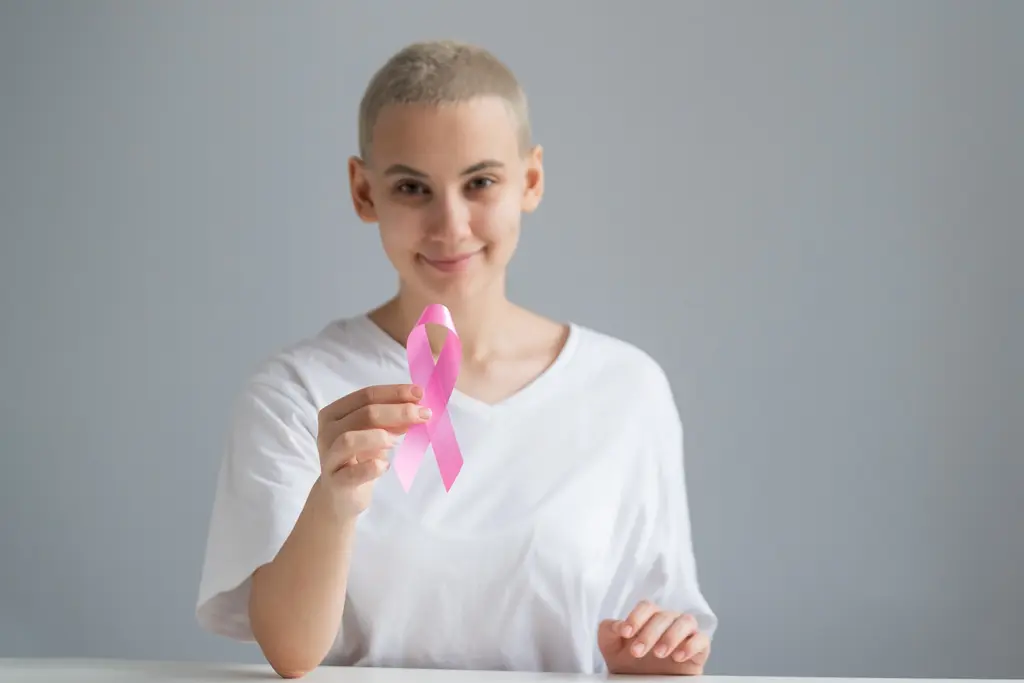
Breast Cancer in Teens: When we hear the term “breast cancer”, we often think of older women. But teens and their families sometimes worry too: can it happen in adolescence?
This guide explains what’s known about breast changes in teens, how rare teen breast cancer is, and when to seek medical advice.
Also Read | How to spot breast cancer early: Key symptoms explained
Can teens get breast cancer?
Yes, teens can develop breast cancer, but it is a rare occurrence. Breast cancer among teenagers is very uncommon, especially in those under 25, and even more so in girls under 20. Most people who develop breast cancer are over the age of 50. So, if you’re a teen and you feel something unusual in your breast, it’s probably not cancer. But it’s always a great idea to get it checked by a doctor.
Many teens notice changes in their breasts as they grow. Hormones during puberty can cause lumps, pain, or tenderness. That’s normal.
Non-cancerous (benign) breast conditions in teens:
Fibroadenomas:
- These are firm, smooth, and rubbery lumps.
- They move around under the skin.
- They are not dangerous and often go away on their own.
Cysts:
- Small, fluid-filled sacs.
- Can feel soft or firm in texture.
- Often linked to your menstrual cycle.
Hormonal changes:
- Tenderness or swelling typically occurs just before your period.
- This is normal and should go away afterwards.
So, finding a lump doesn’t automatically mean something scary. But it’s always best to talk to a doctor if you notice anything unusual.
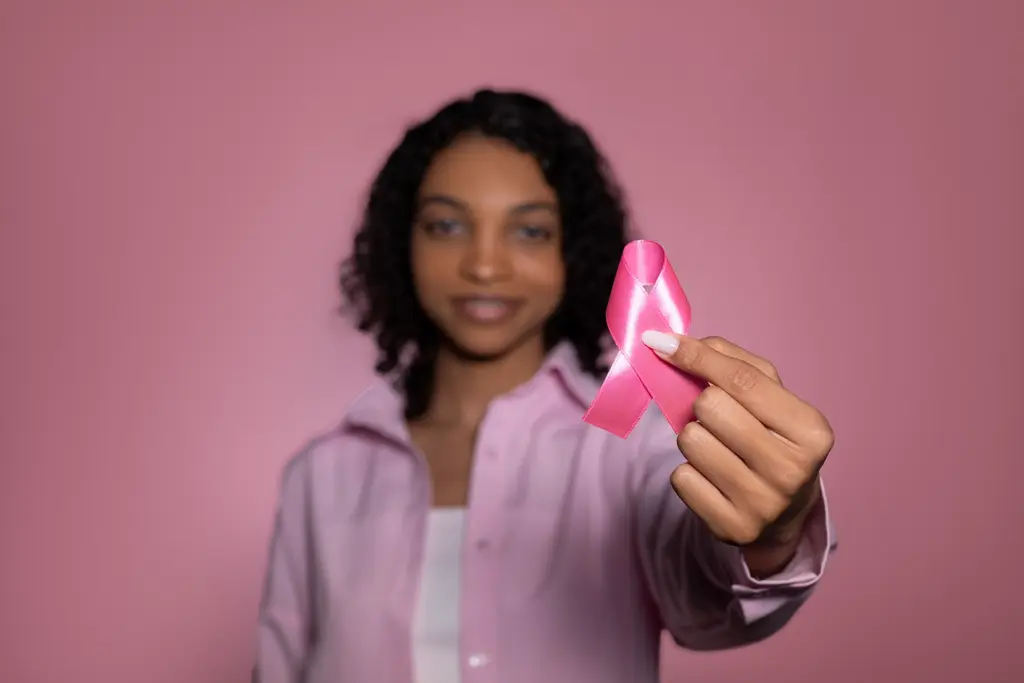
Symptoms of breast cancer:
Again, it’s rare in teens, but knowing the signs is important for everyone. Here are some things to watch for:
- A lump in the breast or underarm that doesn’t go away
- Changes in breast size or shape
- Dimpling or puckering in the skin
- Nipple discharge (especially if it’s bloody or clear and not milky)
- Redness, swelling, or warmth
- A nipple that turns inward or changes position
What causes breast cancer in teens?
Doctors don’t know exactly what causes breast cancer, even in older adults. But there are some risk factors that could increase the chances, even for younger people. Some of these include:
- A family history of breast cancer (especially if a mother or sister had it at a young age)
- Inherited gene mutations like BRCA1 or BRCA2
- Past radiation treatment for the chest
- Certain rare genetic conditions
When should a teen see a doctor?
If you feel something unusual that doesn’t go away after a few weeks, get it checked. Sometimes, breast lumps fluctuate in frequency with your menstrual cycle. Visit a doctor if the lump:
- Stays the same or gets bigger
- Hurts or causes other changes
- Makes you feel anxious
Also Read | Understanding the five stages of breast cancer: Symptoms and treatment
Breast cancer in teens is rare, but awareness matters. Most lumps in adolescents are benign and often resolve on their own. Still, have any new breast changes checked by a doctor; better to be safe.




